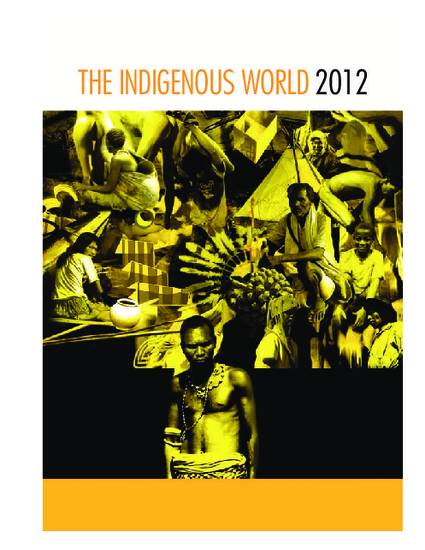
Article
USA
The Indigenous World
(2012)
Abstract
According to the United States Census Bureau, approximately 5.2 million people in the U.S., or 1.7%, identified as Native American in combination with another ethnic identity in 2010. About 2.9 million, or 0.9% of the
population, identified themselves only as American Indian or Alaska Native. There are currently around 335 federally recognized tribes in the United States (minus Alaska): most have reservations as national homelands. More than half of American Indians live off-reservation, many in large cities.
The government has treaty and trust obligations toward indigenous nations, stemming from historical land sales by Indian nations to the federal government. American Indian nations are theoretically sovereign but limited by individual treaties and federal Indian law. They are under the tutelage of the state, which acts as their guardian. Separate federal agencies, such as the Bureau of Indian Affairs and the Indian Health Service, are responsible for the federal government’s responsibilities to Indian tribes.
The United States has not ratified ILO Convention 169. The United States voted against the UN Declaration on the Rights of Indigenous Peoples (UN-DRIP) in 2007; however, it announced in 2010 that it would support the UNDRIP. This announcement has not, however, been implemented to date.
Disciplines
Publication Date
2012
Publisher Statement
2012 IWGIA - International Work Group for Indigenous Affairs. Posted with permission
The Spanish version is available here: https://www.iwgia.org/images/publications/0574_EL_MUNDO_INDIGENA_2012_eb.pdf
Citation Information
Sebastian Braun. "USA" The Indigenous World (2012) p. 59 - 67 Available at: http://works.bepress.com/sebastian-braun/17/
